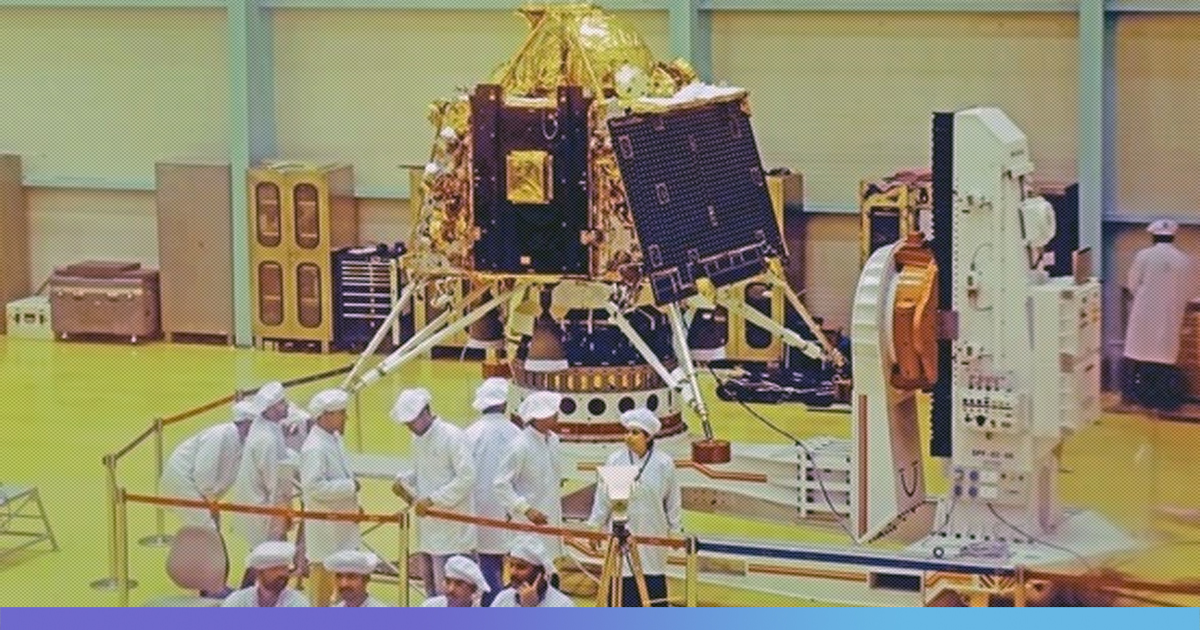Nearly 11 years after Chandrayaan 1, India’s first lunar exploration in 2008, Indian Space Research Organisation (ISRO) on July 12 announced that the second instalment, Chandrayaan 2, will be launched at 2:51 AM on July 15.
Chandrayaan 2 will be launched from Sriharikota spaceport in Andhra Pradesh and will land on the lunar surface on September 6 or 7.
With Chandrayaan 2, ISRO will be experimenting “soft landing” for the first time. With Chandrayaan 1, ISRO tried crash landing to place an orbiter in the moon’s orbit.
If the soft landing is successful, India will become the fourth country in the world to do so, after the United States, the U.S.S.R. and China.
Talking about the mission, ISRO Chairman K Sivan said, “We have left no stones unturned and have done testing at the molecular level. We have full confidence and that is why we are going ahead with the mission.”
Components of Spacecraft
The spacecraft has three components: the orbiter, the lander and the rover, and will travel a distance of 3.84 lakh km before reaching the moon’s orbit.
Of all the three elements, the orbiter will scan for major elements including water and send 3-D map, which will help in the study of minerals present on the moon’s surface; the lander will study moon-quakes, lunar thermal properties and plasma near the landing site; the rover will analyse the composition of elements on lunar surface.
The cost of the mission is Rs 603 crore, with an additional cost of Rs 375 crore for the launch. For making the Chandrayaan 2 mission possible, “Nearly 620 industries and 15 academic institutions have played a role in GSLV MkIII and Chandrayaan2 respectively,” said Sivan.
Time Taken By Chandrayaan 2
After the launch on July 15, Chandrayaan 2 will take 16 days to reach the earth’s orbit using the rocket’s propulsion system. And further to reach moon’s orbit, Chandrayaan 2 will perform a series of Trans Lunar Injection burns, which increases the spacecraft’s velocity, to reach the vicinity of the moon.
Due to perpetual change in the moon’s location, the spacecraft will take six days to reach the vicinity of the moon from circular low earth orbit.
On reaching the moon’s orbit, the spacecraft will revolve around the moon for 27 days to de-orbit the lander on the surface. And further, it will take 15 minutes for the lander (Vikram) to soft land on the moon from a distance of 30 km.
Describing the time taken by the lander to reach the moon’s surface, the ISRO Chairman said, “the final descent will be the most terrifying moments for the agency as it has never attempted such a complex mission.”
Also Read: In A First, NASA Spacecraft Reaches Out All The Way To Distant Pluto











